The year is 2028. The 3d Marine Littoral Regiment (MLR) has just returned from Operation PACIFIC ENDEAVOR, the US response to the United Nations Security Resolution 3924 condemning the People’s Republic of China’s unlawful annexation of Taiwan. Colonel Ellen Wynn, the commanding officer of the 3d MLR, is relaying lessons learned from this operation to the Marine Corps Center for Lessons Learned (MCCLL). MCCLL collects, analyzes, publishes, and archives lessons learned documentation after major exercises, operations, and combat deployments to identify gaps and share best practices. MCCLL produces unclassified and classified reports which are gathered via interviews and questionnaires by MCCLL analysts. The following is a fictitious, post-combat deployment interview focused on the lessons learned from the communications field.
MCCLL analyst: Col Wynn, thank you again for availing your staff to me to document 3d MLR’s successful deployment to Operation PACIFIC ENDEAVOR. To keep this at the unclassified level, we’ll focus the comments on the exercise portion prior to your deployment. Restating for the record, Col Ellen Wynn has been the Commanding Officer of 3d MLR since the summer of 2027. This will be the communications portion of the analysis, but I see you have more than the S-6 team present.
Col Wynn: Yes, and thank you again for your professionalism throughout this process. I wanted to set the scene for how we approached communications within this command and our take on how we employed some emerging concepts in the Marine Corps.
I’ll start with the Commandant’s Force Design 2030 [FD2030] concept of 2020 and its update in 2022. Force Design was a concept because it was not tested against an adversary. It was appropriately wargamed and put into play. I won’t go into the antagonists’ story, but that is always there with any concept. We also have the information domain bubbling to the forefront. First, as a domain; then as the seventh warfighting function; and finally as a Marine Corps doctrinal publication. As a commander, I took all of these as inputs and the output was my command and warfighting philosophy was that we would operate at the speed of information.
MCCLL analyst: Interesting, and I see by everyone else in the room’s head nodding north and south vigorously that your staff agrees with that philosophy.
Col Wynn: Correct, it took a lot of time seeking and gaining agreement from each shop. This could not be a CO’s task with blind faith and execution. I needed each of their help in gaining understanding, creating their own connotation, and leading from that perspective. They all exceeded my expectations.
MCCLL analyst: Ma’am, your unit had a unique build-up to your deployment. Please rehash how that came to be.
Col Wynn: First, I must thank our 38th Commandant, General Berger, and the brain trust that created FD2030. FD2030 birthed the Marine Littoral Regiments. Also, my predecessors laid the amazing groundwork for building and refining the staff, structure, and specific capabilities.
As part of our normal TEEP [training, exercise, and experimentation plan] cycle, we rotate through ITXs [MAGTF Training Command’s Integrated Training Exercise] and board amphibious shipping as a part of a USINDOPACOM [US Indo-Pacific Command] exercise. In 2026, DC, PP&O [Deputy Commandant, Plans, Policies, and Operations] tasked the Force Synchronization Conference (Force Synch) to change how we prepare and deploy to support Geographic Combatant Commanders, specifically USINDOPACOM. I was at PP&O, so I saw this change working from the top. The Force Synch Conference put 3d MLR as the lead unit for MWX [MAGTF Warfighting Exercise] vice 1st MARDIV [1st Marine Division] which usually executed MWX as a certifying exercise for MRF-D [Marine Rotational Force-Darwin].
MCCLL analyst: From an unclassified perspective, can we say this was preparing 3d MLR for its possible employment against PRC aggression against Taiwan?
Col Wynn: Definitely. But remember that FD2030 was the output of General Berger’s running intelligence estimate from being CG of I MEF and MARFORPAC and then DC, CD&I. The 36th and 37th Commandants were well aware and clearly stated that our Corps was not prepared for a conflict against a peer threat. The world was watching the PRC grow economically, militarily, and in the information domain through Great Power Competition. The best strategic and tactical decision was to activate the first MLR in Hawaii, closest to our pacing threat, followed by 4th and 12th MLRs a few years later.
MCCLL analyst: So how did MWX become a game changer for 3d MLR?
Col Wynn: MWXs went from varsity to Pro Bowl-level exercises when it came to executing kill chains and kill webs, naval integration, and emerging C2 concepts. I looked back at MCCLLs reports and other AARs from the early 2020s. The terms digital kill chains and kill webs went from concept to execution. Also, the Marine Air Control Group brought the special sauce of innovation transforming the MACCS [Marine Air Command and Control System] into the 21st century as a Multifunction Air Operations Center (MAOC) providing increased capability and capacity along with native joint integration. MWXs were teaching regimental commanders to operate as naval Composite Warfare Commanders. They were executing digital kill webs as a Navy-Marine Corps team. Additionally, they were validating FD2030 concepts.
For example, a TPS-80 G/ATOR [Ground/Air Task Oriented Radar] on a sensor EAB [Expeditionary Advanced Base] identified a target and passed quality track and targeting data to the Interface Control Center on amphibious shipping and then to an AEGIS-class shooter. All of this is occurring as Navy and Marine Corps commanders are transferring Target Engagement Authority as needed within the Composite Warfare Commander framework.
We took all of this as input, studied it, and overlaid operating at the speed of information. This is how we started. I know I’ve said a lot so I’ll pass the ‘talking stick’ to Maj Kent. She masterfully led her team to accomplish some dynamic feats.
MCCLL analyst: Ma’am, thank you for that detailed understanding. Maj Tanisha “TK” Kent, as the Regimental S-6, how did all of this information affect planning and employing the communications network?
Maj Kent: I’ll take a page from the CO’s book and start from the beginning of my time at the regiment. I reported in the summer of 2026; a year before the CO. My background started with MWCS-38 [Marine Wing Communications Squadron-38]. I was fortunate to be part of MWX 21 as the Comm Detachment OIC for that Sensor EAB with the TPS-80. Afterward, I became a WTI [Weapons and Tactics Instructor] and earned a deployment with the 13th MEU as the ACE S-6. After the deployment, I was selected for recruiting duty and then went to EWS [Expeditionary Warfare School]. After EWS, some of the CommOs opted to go to 29 Palms for MCPC [MAGTF Communications Planner Course]. I’m glad I chose to become a MAGTF Communications Planner. I say all of that because I learned the value of training and education. I was a direct beneficiary of the Commandant’s vision of Training and Education 2030 from early 2023.
MCCLL analyst: That’s an outstanding background you have. Sounds like that’s the formula for all future MLR S-6s?
Maj Kent: I agree that every Marine’s formula should be mandated training and education. It provides a solid foundation for any situation. I came to the regiment with two initial thoughts: 1) Get every Marine trained to increase our collective combat power, and 2) Be more than a CommO [Communications Officer].
The first thought was in contrast to where my community was going. Back in 2022, the communications community answered an FD2030 question by creating an Expeditionary Communicator. That NCO or SNCO received outstanding training to become a force multiplier at the MLR. But what was the rest of the communicators doing? I disagreed and…
Col Wynn: Sorry TK [Maj Kent], I must jump in. When you brought this training issue to me, I was surprised and slightly upset with myself for not realizing this earlier.
She came to me with two perspectives. First, she presented the probable issue that our JMD [joint manning document] could have [for example] six slots for communicators but only two of them are actually qualified to get comm up with the others as box carriers or watch standers that keep chairs from flying away. That was the Expeditionary Communicator versus the remaining communicators; only the Expeditionary Communicator is qualified or certified. Of course, every commander wants every Marine on the JMD to be qualified to accomplish the mission. That was an easy answer, but it played perfectly into TK’s next request.
She wanted to send all of her unqualified SNCOs to their System Chief Course, at the same time, which was during MWX. I said no initially, but her Master Guns [Regimental Communications Chief] was present and backed her up with a great argument. Master Guns taught me that 6 of the 8 SNCOs had either come from an SDA [special duty assignment] or simply had not attended their System Chief Course due to always needing to be present for an exercise. More importantly, this is a requirement for their professional development and promotion. He also reminded me about the new MARADMIN in 2026 that the Sergeant Major of the Marine Corps championed. That MARADMIN mandated commanders to report on DRRS-MC’s [Defense Readiness Rating System- Marine Corps] T-rating [training rating] any SNCO training or education which was required for promotion.
End state, TK and Master Guns provided me with a solid plan to ensure success at MWX with 6 of 8 SNCOs at training. They elevated the issue in a timely manner with an appropriate risk reduction plan.
MCCLL analyst: Wow, that was a bold move. I don’t think many commanders or S-6s would request or approve sending most of your SNCOs to training during a major exercise. Major Kent, what was your risk reduction plan?
Maj Kent: 3d MARDIV [Assistant Chief of Staff] G-6 supported my risk reduction plan. They gave me their SPE [Systems Planning and Engineering] cell. I love my SNCOs but having three subject matter expert (SME) CWOs [Chief Warrant Officers] became game changing. I received a CWO3 0620 Space and Waveform Integration Officer, a CWO3 0630 Network Engineering Officer, and a CWO2 0670 Data Systems Engineering Officer. The G-6’s perspective was they were weighing the main effort- 3d MLR. Having a SPE cell at the regimental level provided us with increased professional and technical leadership. We had the planners and troubleshooters all-in-one.
The SPE cell had the task of extending vice building the network. To understand this portion, I have to go back in time a little bit. From the early to mid-2010s, the communications community wrestled with providing the most speedy and efficient network. Before that period, we built a network for each exercise or deployment. Later, each MEF engineered a different solution. They either built a persistent network (I and II MEF) or extended the garrison network (III MEF). In the late 2010s, the prevailing HQMC solution was to use the garrison network as the warfighting network. In 2022 and 2023, there was a lot of movement on divesting of the tactical domains (I and II MEF domains) and investing in the garrison network, the MCEN [Marine Corps Enterprise Network]. The Network Modernization Plan provided specifics on transitioning the MCEN. There was a MCEN 2030 or MCEN Implementation Plan that specifically ordered the divestment of tactical networks to transition to the MCEN for warfighting. My mentors and MCPC instructors told me that there were naysayers. In their words, the MCEN Implementation Plan had the preponderance of the tasks on the MCEN operators to make changes prior to the FMF transitioning; therefore, the FMF didn’t have any actions. However, the FMF still had a peer adversary to combat. Someone got all three MEF G-6s and all three FMF Comm Bn COs to agree to a radical change outside of the MCEN Implementation Plan. The FMF innovated and created the FMF Tactical Grid; one FMF tactical network. The terminology of the FMF Tactical Grid evolved to its inclusive capability of an always-on, always-sensored information environment secured, operated, and defended by the FMF. This was the first tactical network that was jointly operated by the Comm Bns and directly supported every FMF exercise and deployment. Its cybersecurity sensors were integrated into the Comm Bn Security Operations Centers with visibility and real-time reporting back to MCCOG [Marine Corps Cyber Operations Group] and MARFORCYBER [US Marine Corps Forces Cyberspace Command].
The FMF Tactical Grid today has three layers or portions: RF [radio frequency] transport, IP transport, and cybersecurity layer. The RF transport layer supports high-bandwidth, military and commercial SATCOM and low-bandwidth waveforms such as ANW2 [Adaptive Networking Wideband Waveform]. Not to get too technical, but this layer was created by brilliant people who realized the gaps in military SATCOM and the advantages of commercial SATCOM. They worked with HQMC to augment our MILSATCOM with separate commercial SATCOM terminals and, most importantly, bandwidth pools. This provided us speed with first-in packages with high bandwidth and redundancy, along with weather tolerance, after first wave forces. The RF transport layer connects to the IP transport layer at Marine Corps locations. This provides faster service without requiring transport through DISA’s [Defense Information Systems Agency] SATCOM gateway nodes. The IP transport layer is connected to Marine Corps locations via DISA’s integrated high-speed optical and IP transport network to give us instant global reachback and connectivity. Lastly, the cybersecurity layer extends the visibility and sensor network of MCCOG, MARFORCYBER, and USCYBERCOM [US Cyber Command]. The FMF Tactical Grid was a combined and unifying action of the Comm Bns and MEF G-6s. It was an innovative step to answer the requirements of FMF commanders to fight tonight vice waiting for the actions of the big enterprise. Maybe the FMF Tactical Grid will transition to the MCEN. From my perspective, we have the necessary solution to support warfighting now. Any additional change has to be better than the FMF Tactical Grid.
All of this provided me with the relative combat power to be more than a CommO. I was able to use my and my staff’s experience and integrate it across the regiment’s staff. In MCPC, the instructors were adamant that CommOs should not solely focus on providing a network–being plumbers. The CO tasked us to operate at the speed of information. My perspective is my team provides information maneuver space. All the C2 applications interoperate on the network which yields information for the CO’s decision and subordinates’ execution. I worked with the staff to think through how to maneuver critical data across the network as the situation or bandwidth changes. I also looked at other networks I don’t provide and how I can use those. For example, the S-2 has SCI [sensitive compartmented information] systems. The SPE cell and I worked with them to enable maneuver space to transport classified data across their SCI system if or when our systems were degraded or denied.
One of the most important efforts was working through the OpsO to identify what were the critical aspects within each warfighting function needed to create and maintain tempo. This was a fusion of MCDPs 1 [Warfighting], 6 [Command and Control], and 8 [Information]. We learned in our PME courses that the US military tends to train by fighting our previous successful war. We didn’t want to do that going against a peer adversary.
LtCol Nickel: Thanks TK. [For the record] I’m LtCol Mike Nickel, Regimental Operations Officer. I came to this command about six months before the CO. Getting directly to TK’s comment about critical warfighting information. I thought her perspective was brilliant and I appreciated her bringing it up. I’d never thought of it in that manner. So we put together an OPT [operational planning team] to determine the critical information needed by each warfighting function. We all learned a lot during that series of OPTs. It progressed to understanding what system was producing the critical information and the relative bandwidth needed. For example, C2PC [Command and Control Personal Computer] is our situational awareness application for our COP [common operational picture]. TK’s SPE CWOs taught us what minimal systems were needed to provide the COP and if they were organic S-6 or S-2 systems.
More importantly, we flipped this paradigm. We knew we needed to be comfortable operating in disconnected, dispersed formations on limited comms. We decided to learn to get comfortable operating in a D-DIL [Denied-Disconnected, Intermittent, and Low-latency] environment. We needed the regiment and its subordinate elements to be able to maintain a competitive advantage against a peer adversary in this environment. So instead of starting the exercise in a high bandwidth, fast-paced environment, we planned and executed the start of MWX in a D-DIL state.
MCCLL analyst: Sir, sorry to interrupt you but this is another major shift in exercise planning and execution. You started in a D-DIL environment vice starting in an open environment and then restricting yourself?
LtCol Nickel: Yes, we knew we were embarking on something new and foreign. But we also knew that we had to change our way of thinking and executing to win against a peer adversary.
We built our C2 and Information Matrix starting with operating on single channel radio only. We expected the adversary to deny or degrade our ability to use satellite communications so HF, VHF, and UHF were our primary networks. Our SPE cell and Air C2 folks showed us the power of Link 16. We maintained digital and redundant kill chains–digital kill webs–at the speed of information. It was a reduced speed but still an adequate speed to maintain tempo. The FMF Tactical Grid was perfectly built for this. Its ability to support ANW2, and other waveforms, and get them into the IP transport layer was amazing.
Also, we practiced being in a D-DIL environment for days not hours. It really hurt initially, but we refined our C2 and Information Matrix and it was a foundational capability. During MWX, we executed in a D-DIL environment as a naval force, not just as an MLR. To be honest, we missed some timelines for executing objectives. The white cell [exercise controlling force] had all their metrics built for the usual high to mid-bandwidth environment. Because we were intent on operating at the speed of information, the CO owned and accepted the risk of timing and tempo to complete certain phases and stages.
I know we are talking about communications but I have to bring in the work done by our ICC [Information Control Center]. Maj Nguyen taught us all another level of warfighting- the trust threshold of information.
Maj Nguyen: Thanks, sir. [For the record] My name is Maj Hong Nguyen and I was the ICC Director. I’m a 1702 Cyberspace Officer and my billet is organic to 3d MLR. TK and I reported together in the summer of 2026 from EWS. My team is not organic and formally attached to 3d MLR about six months before MWX, but I was here for all the OPTs and was ready for them. My team consists of an MDT [Mission Defense Team] from 3d Radio Battalion’s DCO-IDM [Defensive Cyberspace Operations- Internal Defense Measures] Company and CPT 650 [Service-retained Cyber Protection Team].[1] CPT 650 secured and defended our segment of the networks–NIPR, SIPR, and JWICS–and the MDT secured and defended the C2 or warfighting applications.[2]
One of the many capabilities we brought to the fight was the ability to determine trust in the data coming from the network and its applications going to the CO for decision-making. The previous paradigm did not have a trust-in-information component. If you look back at OIF and OEF [Operations Iraqi and Enduring Freedom], all commanders implicitly trusted the information simply because they were on the DoD-defended network. Everyone hoped or expected that the adversary had not denied, disrupted, or manipulated the information. Al-Qaeda and the Taliban did not have the capability to conduct those levels of cyber activities. Fast forward to the Russian invasion of Ukraine in 2022, and we start seeing contested cyber and information warfare on the battlefield. The Russian cyber attack on Starlink satellite systems and drone warfare for artillery spotting and reconnaissance. These were just a few examples of the new commercial technologies being employed on the battlefield and not from a peer threat. The National Security Strategy through the Commandant’s Planning Guidance and Force Design clearly identified the pacing threat, the PRC, as our peer adversary. Their information warfare capabilities made us refocus on how we, as an information maneuver community, conduct warfare.
We determined that our complementary input to the C2 and Information Matrix would be a trust threshold. My team integrated with 3d MLR under the OpsO, but we did not want to be stovepiped. The Mission Defense Team worked with the SPE’s 0670 [Data Systems Engineering Officer] and across the staff sections on mapping out all the software that was employed on NIPR, SIPR, and JWICS. Based on that information, we determined actual software versions and compared them to known vulnerabilities. For example, a backbone Air C2 system supporting kill chains is still operating on Java which has versions that are end-of-life or end-of-support since the late 2010s. So, without getting too technical, we tuned our sensors more for that specific software package. The MDT’s in-depth knowledge of the environment enabled them to watch for indicators of compromise and anomalies.
Another example, our chat applications had a false expectation of security with chat room passwords. There was no threshold for insider threat or manipulation. So we tested a certain vendor’s product within our SIPR and JWICS chat applications to look for anomalies in users accessing rooms, moving content, and posting content. We were able to alert the OpsO and CO of anomalies with the data to support. Ultimately, they determined whether to stop or shift information from one medium to another.
Col Wynn: I’m sorry, but I have to jump in again. Hong’s [Maj Nguyen] team was amazing and opened my eyes to a blind spot I know most commanders have. We have too much implicit trust in the data in our networks. Maybe it’s because we have outstanding CommOs like TK. We have known supply chain security problems. We have known lack of DevSecOps [development, security, and operations] issues in our software development and release processes. Notice that you have a combat arms background commander talking about DevSecOps. This is how you know that your staff officers are making a difference. We had trust thresholds on all critical systems or key cyber terrain. The only system we didn’t have the ability to use the vendor product was on single channel radio. This trust threshold created a deeper meaning for operating at the speed of information.
MCCLL analyst: Ma’am, we have been going for two hours and I’d love to go for more, but I know you and your staff have work to do. Additionally, I have, in my inbox, all your answers to my questions to integrate with these interviews.
Here is my bold attempt to summarize this session. It’s obvious your staff took to heart your warfighting philosophy to operate at the speed of information and created their own connotation which yielded deeper meaning. Major Kent, the S-6, got your approval to send 6 of 8 SNCOs to training prior to your MWX certification exercise. Her risk reduction plan was receiving three SPE cell CWOs from 3d MARDIV G-6 as master planners and troubleshooters. For the network, the S-6 used the FMF Tactical Grid which is a multi-layered information environment secured, operated, and defended by FMF Marines with visibility and support from MCCOG and MARFORCYBER. The FMF Tactical Grid consists of redundant, high bandwidth, commercial and military SATCOM transport; IP transport at USMC nodes and interconnected by DISA’s high-speed optical and IP transport; and a defense-in-depth security layer with integrated Comm Bn Security Operations Centers reporting to MARFORCYBER. Maj Kent added to the FMF Tactical Grid the ability for information maneuver space by using SCI intel systems to route classified data when the S-6’s systems were denied, degraded, or untenable. Regimental operations and the staff sections created a C2 and Information Matrix to maintain tempo within a D-DIL environment. You rehearsed and started MWX in a bandwidth-restricted environment. Major Nguyen’s Information Maneuver Team had sensors on the warfighting applications and networks (NIPR, SIPR, and JWICS). His team helped create a trust threshold alongside the C2 and Information Matrix. As the regiment progressed from a low- to high-bandwidth environment, you were able to identify possible indicators of compromise and alert the CO for quick decision-making. In the end, maximizing repetitions at operating at the speed of information during the planning and exercise phase allowed you to maintain a competitive advantage against a peer adversary. That’s a lot. How did I do?
Col Wynn: You captured that extremely well. Thank you for listening and I look forward to your classified draft encompassing our deployment.
End of transcript.
Colonel Atiim O. Phillips is an active-duty Marine Corps officer and current military fellow at the Center for Strategic and International Studies (CSIS). He joins CSIS after serving as the commanding officer, Marine Wing Communications Squadron 38 in San Diego, California.
[1] Derived from 9th Comm Bn’s tasked organized DCO-IDM Company into Mission Defense Teams under LtCol Jeff Rohman in 2021 and III MEF’s task organized DCO-IDM Company within 3d Radio Bn under LtCol Byron Owen in 2022.
[2] Derived guidance from LtGen Reynolds circa 2021 regarding intent to use S-CPT to defend the network and DCO-IDM teams to defend warfighting applications.

This site is free for everyone to learn about information warfare, connect with mentors, and seek the high ground! Unfortunately operating the site is not free and your donations are appreciated to keep KTC up and running. Even a five or ten dollar donation helps.


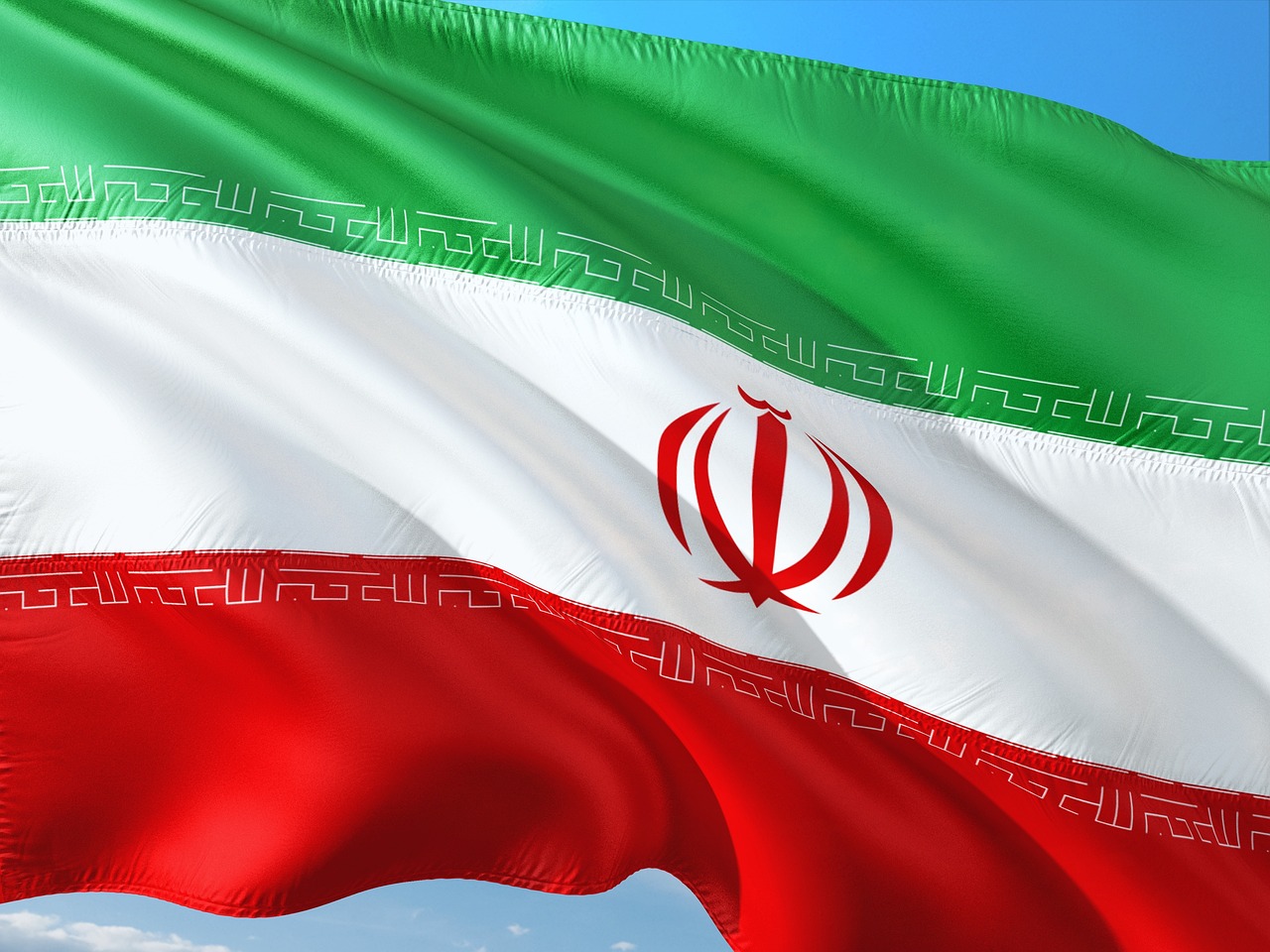
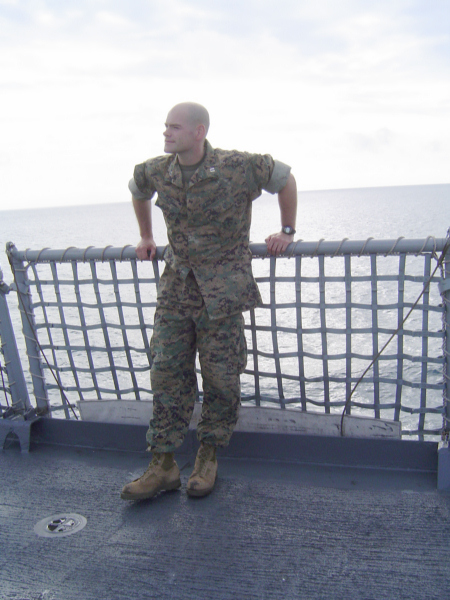
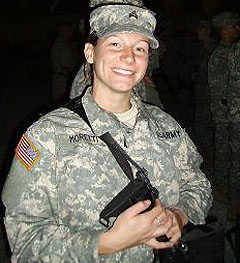
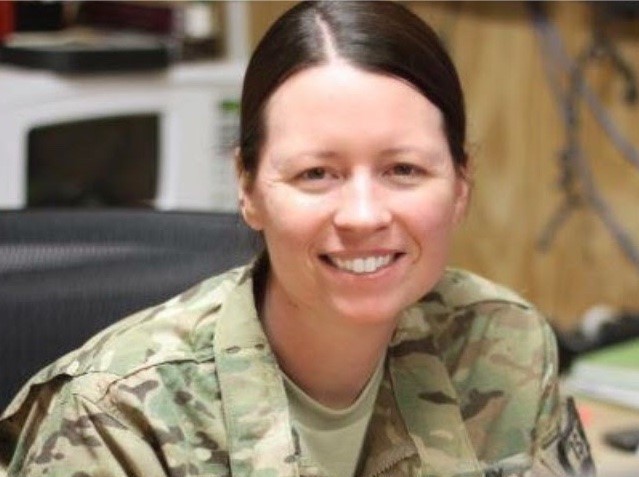
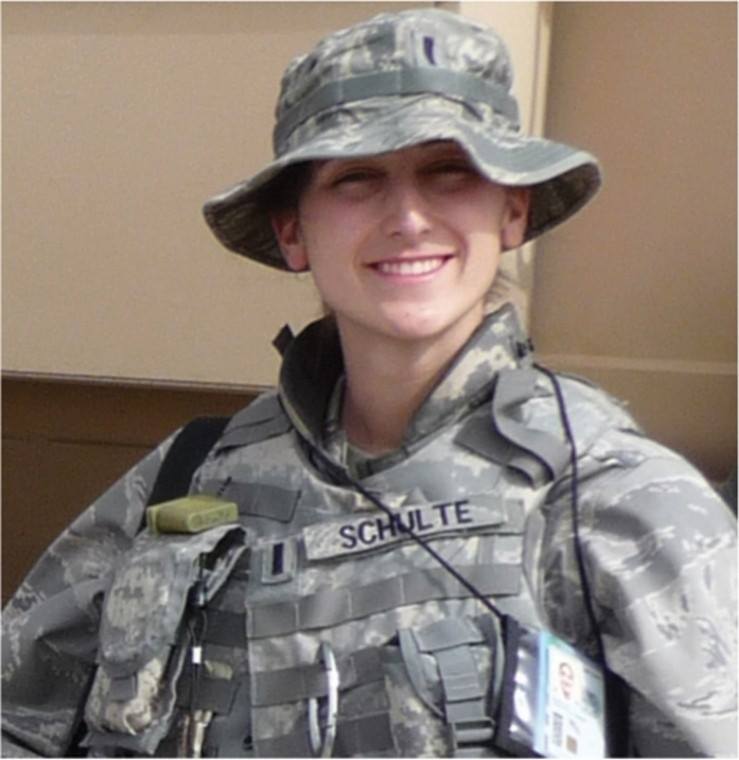
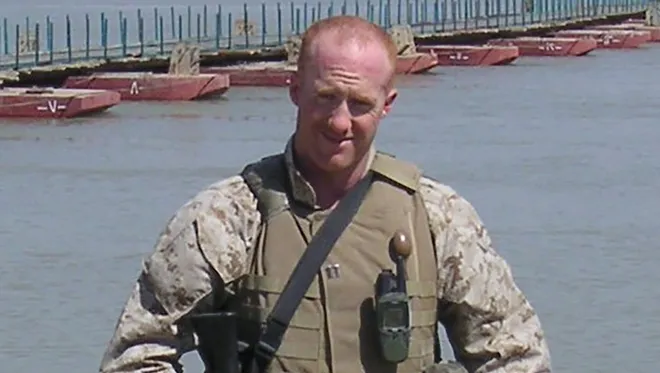
2 responses to “Information Environment: Operate at the Speed of Information”
Hi,
How are you doing?
I have got a great guest post offer for you that will help you get more traffic to your site.
I will send you a quality article of your readers’ interests and will just need a backlink to my site in return.
For that, either you can share the topic ideas of your choice and I will write an article on that or I will share the topic ideas for you to choose one and will send you the article on it.
Please share your targeted niche and focus keyword if any.
Let me know what you think?
Regards,
Matthew Wyatt
Sure shoot us an email [email protected]